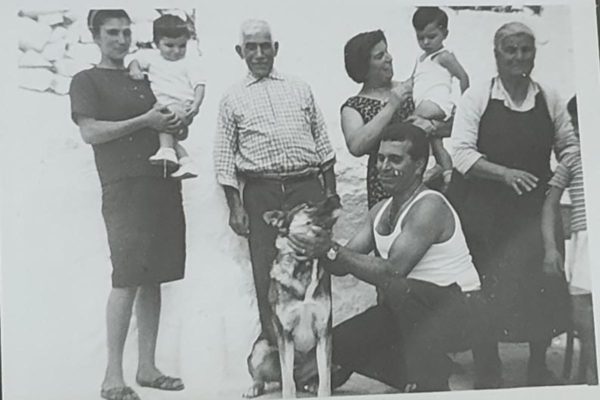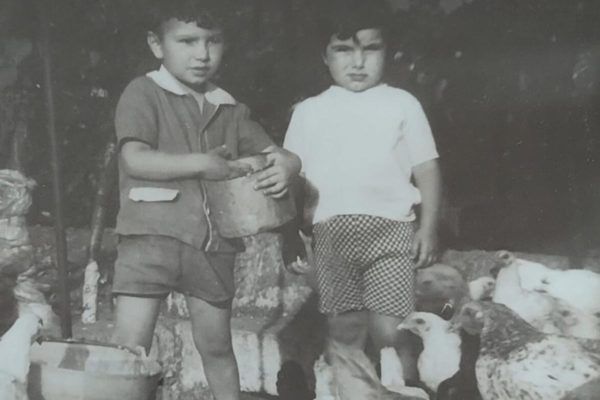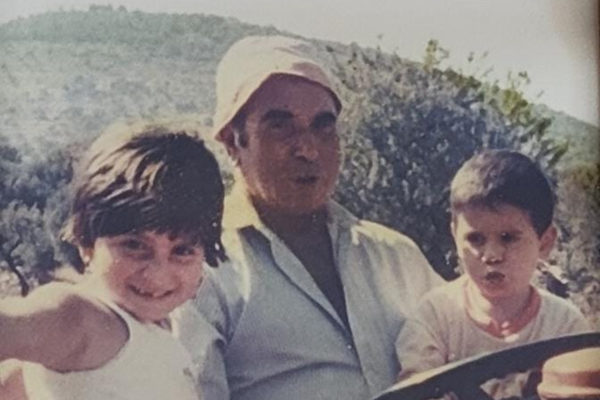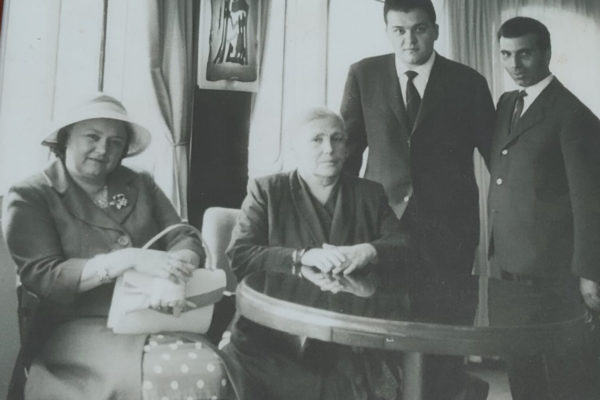In the 18th century, in this place stood just a small tower among the olive trees. In 1820 it was enlarged and used as an olive oil mill, after being named Gravinella Celefati. The old mill had a milling basin with two large stone wheels that were pushed by animals or people to grind the olives. The olives were also pressed by eight presses set on the fiscoli (fibre filter plates) with tanks underneath collecting the oil. About one century later, two manual hydraulic presses were added, proving the success of the Masseria.
The first known deed dates to 1911. In this year the carpenter Tommaso Caramia sold the estate to the local farmer Martino Grassi who later gave it to his daughter Laura.
The woman, who was not married and without heirs, handed over the Masseria with the trappeto (oil mill) and olive grove to the priest Giovanni Calefati.
In 1921, the clergyman’s sister Maria and her husband Carlo Indiveri sold the estate for 8.500 lire to the bourgeois Giuseppe Loparco.
The latter, a gambling addict, had a large debt with Francesco Rosati. So Loparco gave the entire estate including the trappeto, gardens and olive grove to Rosati wo was living in Genova.
In 1914, during the Second World War, in the midst of the bombing of Genova, Rosati and his wife Francesca Cesareo decided to take shelter in the Masseria.
From the Post-war period onwards, some families of farmers took turns in renting the Masseria where they carried out all the work from harvesting the olives and producing the oil to breeding animals.
In 1987, Francesca Cesareo, whose nickname was “Padrona Checchina” gave the entire Masseria to her nephew Vincenzo. The man had no interest in continuing his aunt’s business and sold the estate just one year later to Francesco Deleonardis, one of the veteran farmers working at the Masseria for years. It is precisely his son, daughter-in-law and grandchildren that, after a painstaking renovation, will now open the Masseria to tourists and visitors looking for an amazing holiday.
